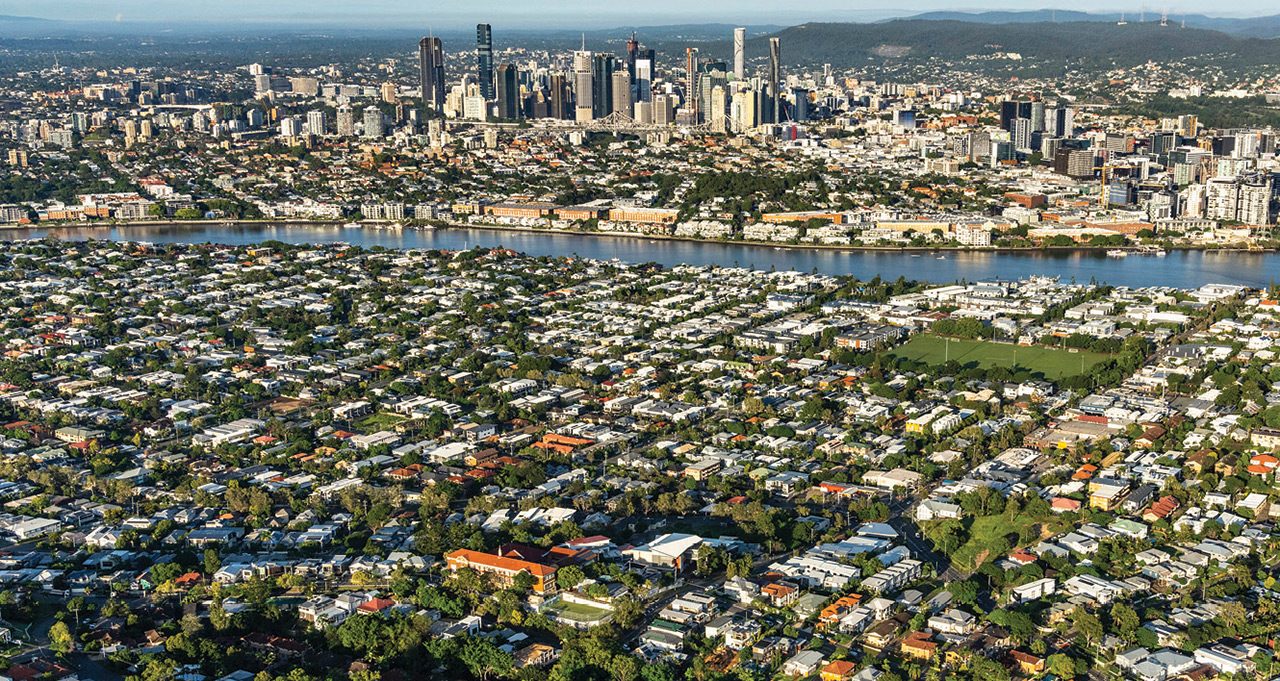This article is from the Australian Property Journal archive
MORE than 40% of voters in most Sydney, Brisbane and Melbourne electorates are hit by rent and mortgage stress, as affordability looms as a key factor in the upcoming federal election.
The data has been released as more than 150 community organisations involved in housing and homelessness signed a joint letter by advocacy group Everybody’s Home calling on Treasurer Josh Frydenberg to invest in more social housing at next Tuesday’s federal budget.
Research conducted by Digital Finance Analytics and UNSW City Futures Research Centre shows the five worst affected electorates in NSW – Macarthur, Chifley, Mitchell, Barton and Robertson – have at least 70% of their renting population living in housing stress. Three are held by Labor.
Bowman tops Queensland’s list with 59.8%, with fellow Coalition-held seats Forde, Wright, and Petrie next, and then Labor’s Oxley.
Victoria’s top five are all held by Labor and have from between 61.5% and 64% living in stress, from Bruce down to Calwell, Holt, Lalor and McEwen.
Australians in regional electorates are also feeling the squeeze. More than 60% of renters in the NSW regional seats of Robertson, Dobell, Gilmore, Lyne, and flood-ravaged Cowper and Page live in rental stress, as well as in Geelong-based Corio in Victoria.
According to Everybody’s Home, the maps reveal the combined impact of surging rents and stagnant wages is particularly felt in outer suburban and coastal communities.
Group spokesperson Kate Colvin said the data demonstrated that the need for investment in social housing has never been greater.
“Incomes are not keeping up with surging housing costs.
“This is no longer an issue which impacts only those on modest incomes or those living in the major cities. Middle income Australians can’t keep up with rent and mortgage payments. Regional communities are also experiencing housing crises never seen before.”
Federal funding for social housing has declined since 2013/14, when it tallied $2 billion for social and Indigenous housing. Current forecasts suggest the Commonwealth spend will be just $1.6 billion in 2023/24. At least 25,000 new social housing dwellings are needed as part of the upcoming budget, Everybody’s Home says, and a co-ordinated federal response is required to improve the social and affordable housing system. It estimates the new supply would generate annual economic output of $12.7 billion and create 15,700 jobs.
Labor last year unveiled a $10 billion social housing future fund that will form part of its election pitch to voters. Over the first five years the fund will be used for 20,000 social housing properties and 10,000 affordable homes.
Marginal seat voters in multiple states have the issue firmly on their radar ahead of the upcoming federal election. A majority of voters in Coalition-held Bass in Tasmania, Longman in Queensland and Flinders in Victoria, and Labor’s Gilmore in NSW, believe the federal government has not done enough to address housing affordability nor is there enough social housing.
According to the REIA, the average Australian needs to hand over 37% of their income to meet loan repayments. Home loan unaffordability worsened at an accelerating rate over the January quarter according to Bluestone’s own index.
The Productivity Commission Report on Government Services shows 45.7% of people receiving Commonwealth Rent Assistance still spent more than 30% of their income on housing – a widely accepted definition of housing stress.
“The upcoming federal budget represents a unique opportunity for Treasurer Josh Frydenberg which cannot be wasted. Failure to deliver more social housing will further exacerbate what is already a developing social crisis,” Colvin said.




